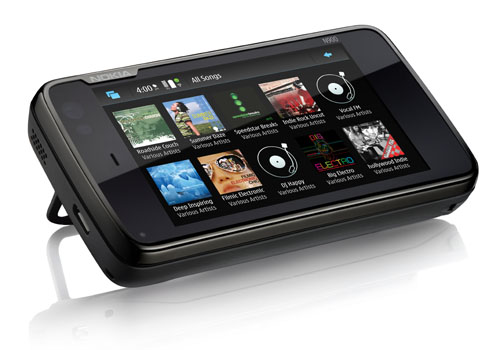Finland’s Nokia is still the largest mobile handset manufacturer in the world, but its influence in the high-end (and high-profit) smartphone market is increasingly falling short of competitors like RIM and Apple, in part because Nokia can’t seem to capitalize on features and capabilities consumers want in a smartphone. But Nokia is determined to forge ahead in the smartphone marketplace—and the company is placing its best on the Linux-based Maemo mobile OS, rather than the tried-and-true Symbian OS that has powered most of the company’s devices for years. At a gathering in London, Nokia marketing executives told Maeomo developers that Nokia plans to drop Symbian from its high-end N-series Internet-capable mobile devices by 2012.

Nokia has been building its high-end devices around the Symbian operating system for more than a decade; however, the company’s new N900 is the first device Nokia has shipped based on Maemo. The N900 is largely viewed as a transitional device to help developers (and even a few customers) make the transition from Symbian to Maemo. Although Nokia has not made an official statement, the company apparently will maintain Symbian on its E-series devices (aimed at enterprise customers) and video-centric X-series devices. Nokia is also promising tools to developers so they can create applications for both Symbian and Maemo, which in turn can be sold though Nokia’s Ovi Store.
And speaking of the N900—as of today, it’s finally available in the United States. As usual with Nokia’s high-end devices lately, the company is marketing the phone without a carrier partner…and that means the device costs $649.


